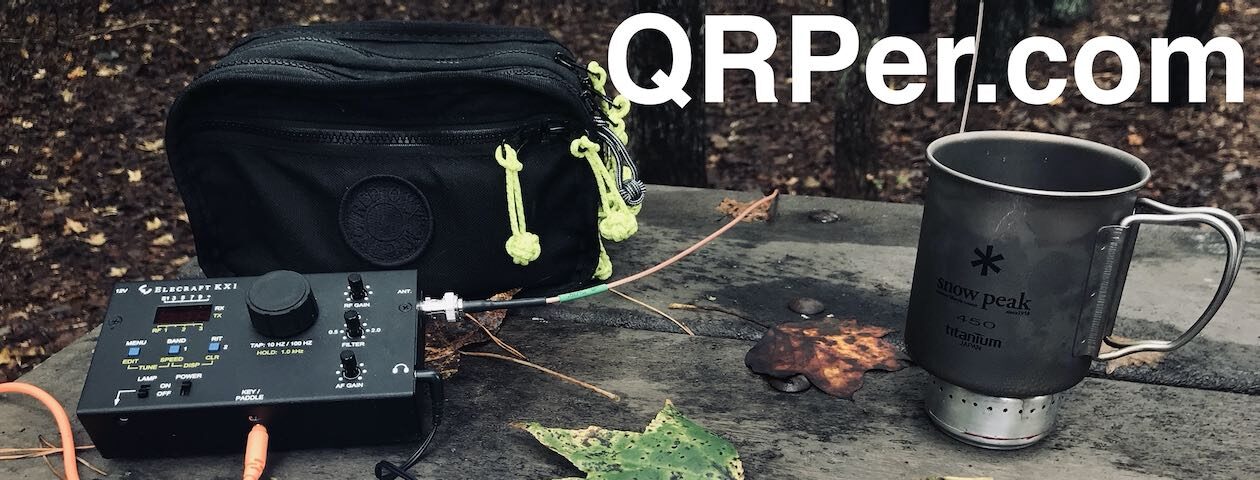In early November, I happened up a new waterproof case called the Evergreen 56. As with Pelican cases, it’s waterproof and also made in the USA. Like Nanuk cases (that are also waterproof and made in Canada) Evergreen cases have a built-in locking mechanism to keep the latch from accidentally opening during transport.
I thought the price for the Evergreen 56 at $28 US was fair and in-line with the Pelican 1060 and Nanuk 903 which are similar in size. I grabbed one made of a clear material with one radio in mind: my QCX-Mini!
There are a number of color options available for this Evergreen case, but I like the clear polycarbonate one because it makes it so much easier to see what’s inside (for a quick gear check) but also to confirm that no one part of the kit is being pressed too hard inside the case after the lid is sealed.
After receiving the Evergreen 56, I was very pleased with the quality–again, on par with what I would expect from Pelican or Nanuk. It is incredibly solid and the seal is watertight. The Twist Lock Latch (see above) is easy to operate and the case comes with two “keys” for adjusting the inner lock.
The Evergreen case has a soft egg crate-like rubber boot interior as opposed to the pick foam material you’d typically find in a water tight case. The case also has a hammock-like rubbery webbing on the inside of the lid that can be used to organize smaller contents (I knew instantly I’d use this to hold the antenna!).
The QCX-Mini fits in the Evergreen case perfectly–this was no surprise–but I was eager to see if my other station components could also fit. Note that I didn’t buy anything specifically to be used in this case; I used components I already owned. I could minimize the contents even further if I used a smaller battery, antenna, and key. Here are the components of the first version of the QCX-Mini Field Kit: Continue reading Testing a new QCX-Mini Field Kit built in an Evergreen 56 Watertight case










































